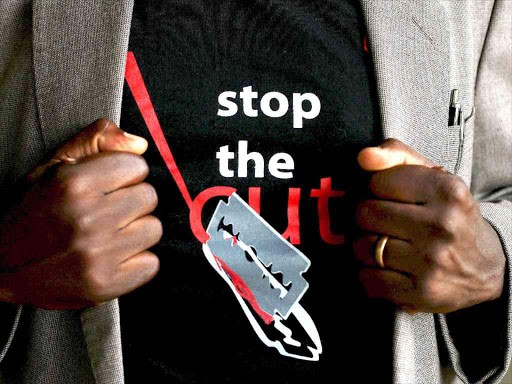
In the last eight years the prevalence of Female Genital Mutilation FGM in Kajiado County has decline by 15 percent according County gender officer Mary Taiko.
According to the Kenya Demographic and Health Survey 2014 the prevalence of the vice in the county stood at 78 percent but now stands at 63 percent according to the latest statistics.
“We have managed to reduce the FGM prevalence from 78 per cent to 63 per cent for the past eight years,” she told The Voice, citing a growing recognition that FGM is a harmful practice and a violation of women’s and girls’ rights.
After undergoing FGM girls are considered marriageable and is typically carried out on girls aged below 15 to make them eligible brides. This makes many girls drop out of school as they start families.
This decline was attributed to a move in 2019 by the county launched a policy to end FGM at the community level, bringing together different players. The Policy proposed the alternative rite of passage as a key intervention. The county has attributed the decline to this effort.
However, she said, the fight against FGM has been derailed by factors such as the nomadic lifestyle of the native community—Maasai.
In addition cross-border FGM cases and those carried out in hospitals are among the major challenges they face. She said the two are orchestrated by those keen on evading the law.
Local administrators have also been accused of abetting the practice, instead of protecting girls
“Most local administrators remain the biggest barrier to the FGM fight in Kajiado. They collude with culprits and look the other way when they are supposed to act. We will be calling out such officers,” said Dorcas Parit, an activist.
The prevalence of Female Genital Mutilation in Kenya stands at 15 percent, according to the Kenya Demographic Health Survey (KDHS) of 2022.

Leave a Reply